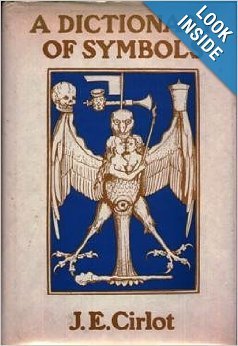What do you think?
Rate this book


419 pages, Hardcover
First published January 1, 1958
The Renaissance also showed great interest in symbolism, although in a manner more individualistic and cultured, more profane, literary and aesthetic.
The interest in the deeper layers of psychic life — in dreams and their meaning, in the unconscious — is the fount which has given rise to the present-day interest in symbology, which, although still partially repressed, again dwells in the deep wells of the spirit, as it did before being circumscribed by a system with a rigid cosmic pattern.
The constellations, animals and plants, stones and the countryside were the tutors of primitive man.